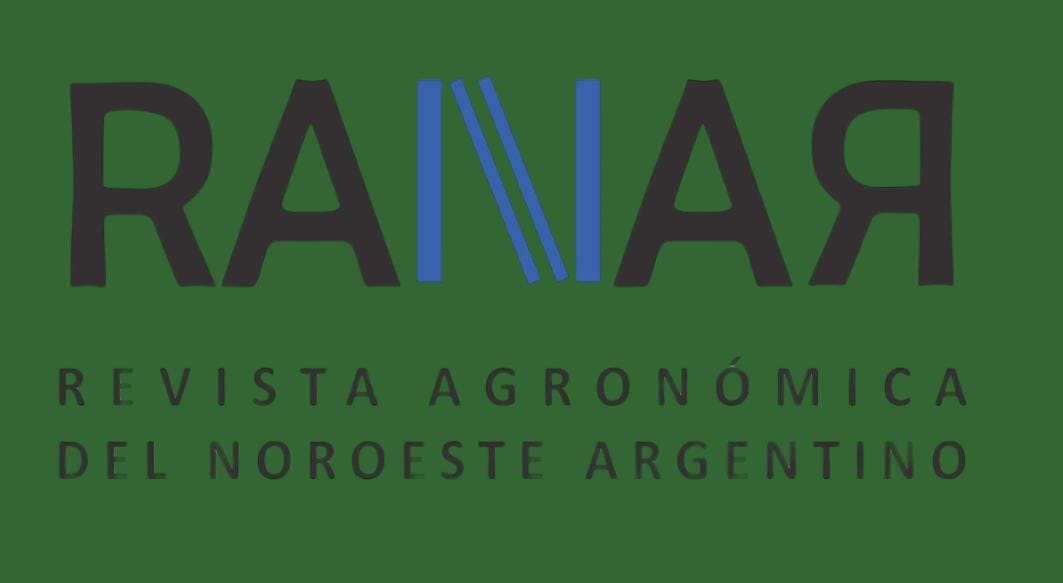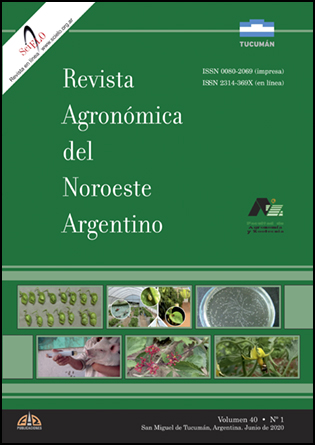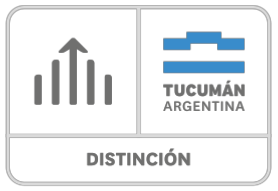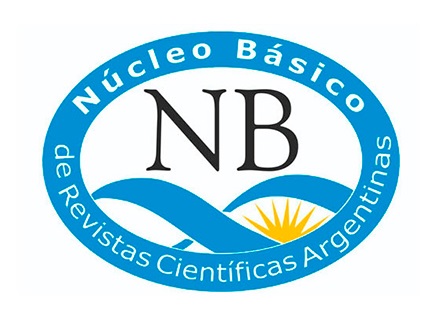Tomato productivity resulting from natural and mechanical pollination in two planting seasons
Keywords:
Solanum lycopersicum, Productivity and sustainabilityAbstract
Mechanical pollination is a practice used to increase productivity in tomato cultivation, but there is still little information to support its agronomic viability in production systems at different times of the year. In this sense, the objective of this work was to study the effects of mechanical pollination in two planting seasons on tomato yield of three commercial varietal groups destined to fresh consumption. The experiment was carried out at the experimental field from the Vegetation Research and Extension Unit of the Plant Science Department of the Federal University of Viçosa. The experimental design was completely randomized blocks, in a factorial scheme 2 (planting times) x 2 (natural pollination and mechanical pollination). Trials were performed in autumn / winter and summer / autumn and each varietal group was evaluated separately. Variables related to: productivity, number of seeds and dry mass of seeds were evaluated. Results show that mechanical pollination can improve tomato yield; however, it may vary depending on the variety and
the seasons of the year. It was evidenced an increase in productivity with the use of mechanical pollination in the two planting seasons for the varietal groups Salada and Italiano, whereas in the Santa Cruz group it was only observed that it increased in the autumn / winter season. Mechanical pollination had no effect on the increase of seed mass and only increased the number of seeds in the Salada group









